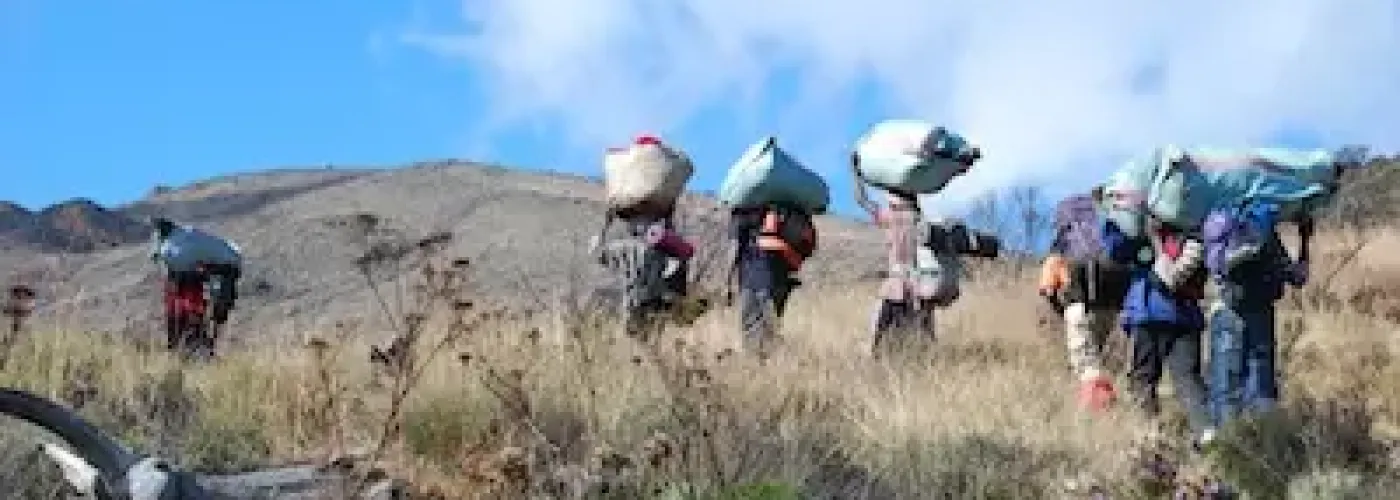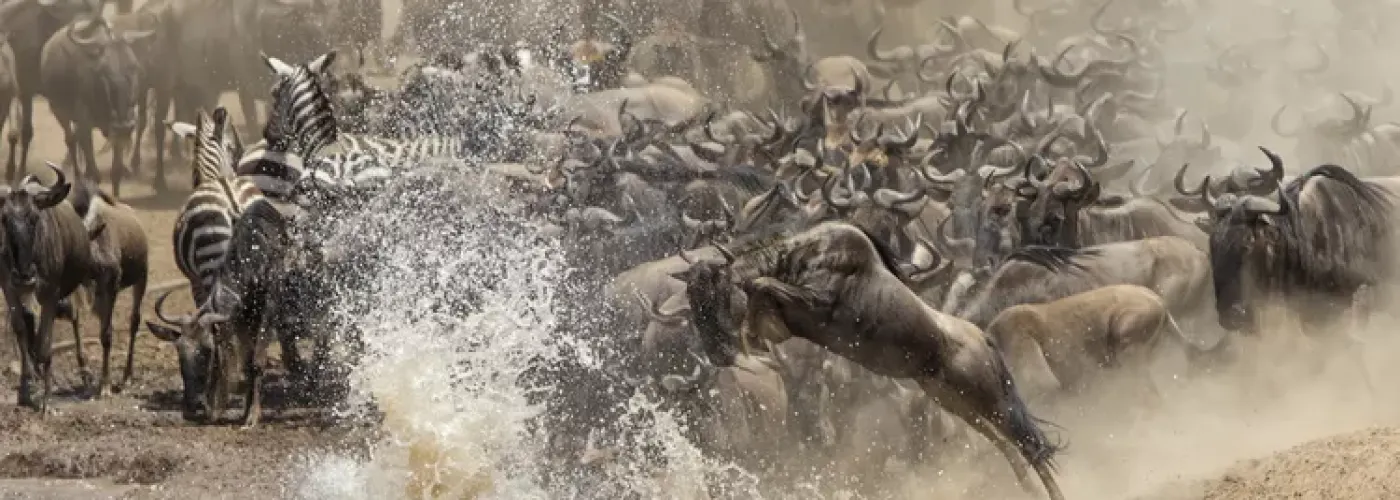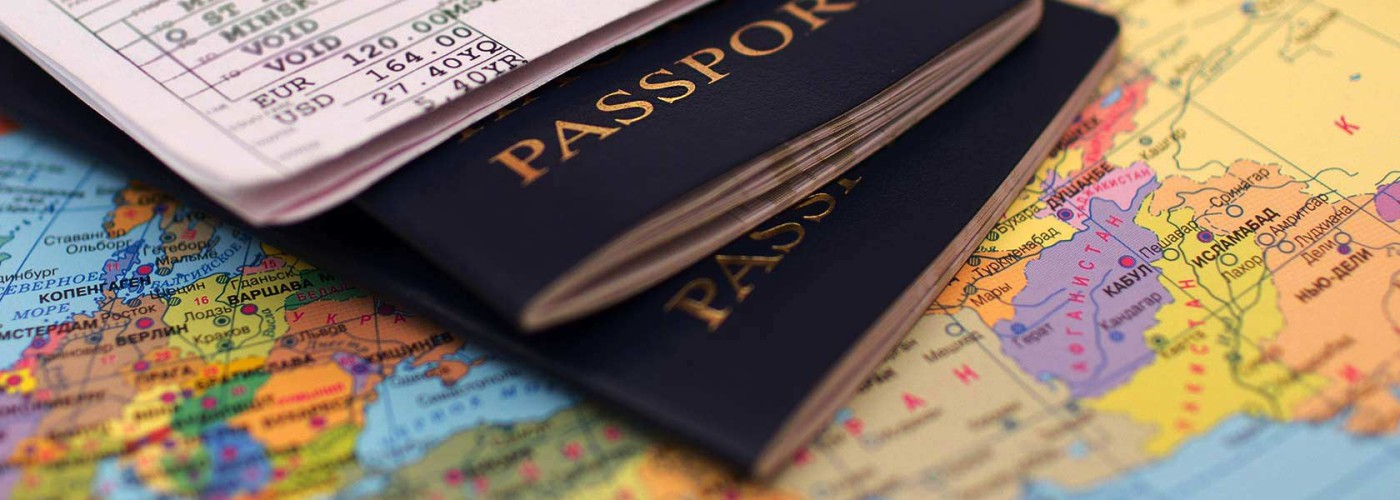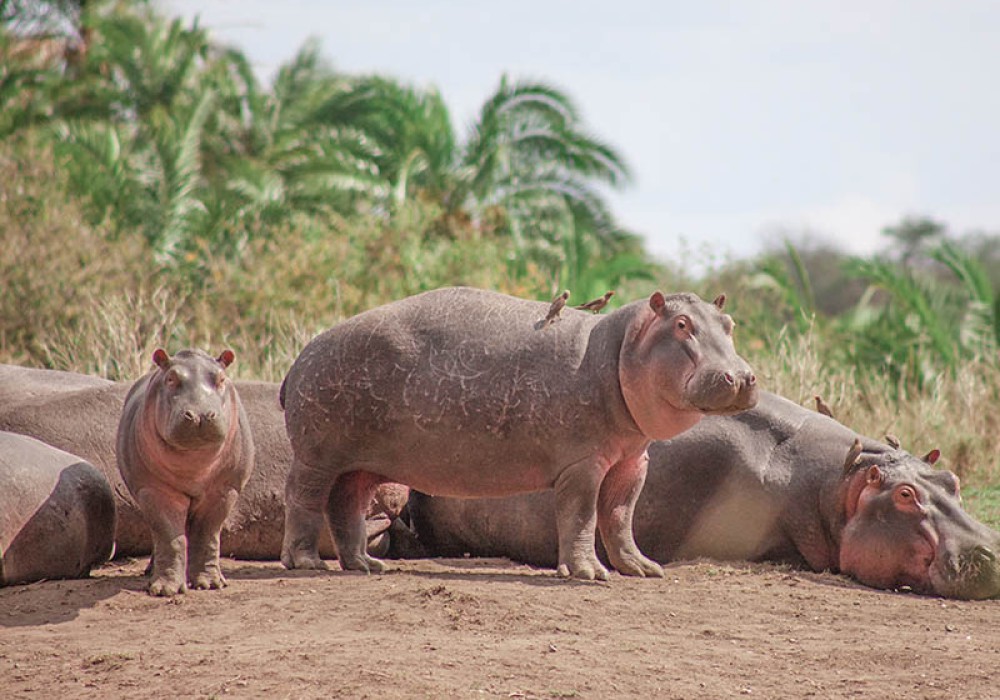What it’s like on Kilimanjaro?
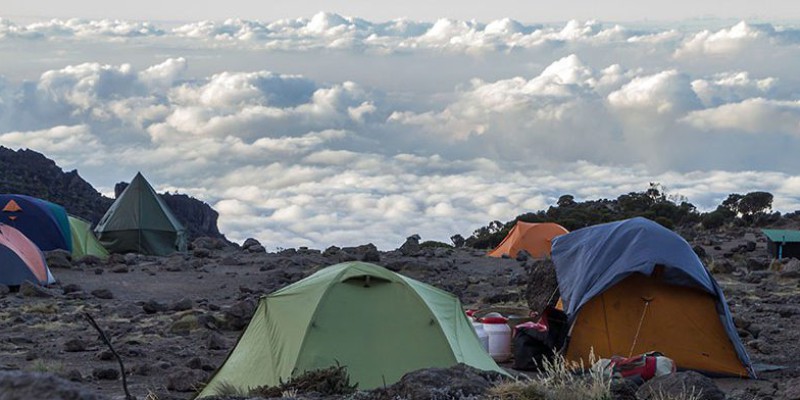
You’ve spent thousands buying flight tickets and booking your trek. But what have you actually signed up for? What’s it like climbing Kilimanjaro?
Well, the first thing to say is that it’s fun. It really is. Sure, the last push to the summit is hard, as some of the quotes we use in the guidebook clearly indicate. But don’t let that put you off: Kilimanjaro is a delightful mountain to climb.
But we had much to compensate us for all we had to give up. The charm of the mountain scenery, the clear, crisp atmosphere, the tonic of labor we delight in’ and the consciousness now and again of success achieved, all went far to make our fortnight’s arduous toil a happy sequence of red-letter days. Hans Meyer, the first man to reach the summit of Kilimanjaro; quoted from his book Across East African Glaciers
After all, the days are spent walking through spectacular landscapes which change every day. And as you pass through different vegetation zones, the pace is never exhausting. Why? Well, because you have to walk slowly in order to give yourself a chance to acclimatize.
It’s not just about the walking
What’s more, at the end of the day, while the guides are cooking your dinner, you are free to wander around the campsite. And as you bump into the same people time and again over the course of the trek, a sense of community soon develops.
Then, at around 7 pm, night falls. And as you tuck into the huge plates of food cooked by your crew, the stars come out, stunning everyone into silence. This is the favorite time of day for most people. Rested, replete with food, and with a day of satisfactory walking behind and a good night’s sleep ahead, it’s natural to feel a sense of comfort and contentment. While the thought of wild animals possibly lying nearby serves to add a pleasing frisson of excitement.
Bed? It’s too early. I feel too good. Aaah, I wonder if there’ll ever be another time as good as this.
Gregory Peck, in the film version of The Snows of Kilimanjaro
It’s tough. But it’s not always tough. And more often than not, it’s enjoyable rather than tough.
Of course, walking up from around 1800m to 5892.55m or thereabouts does take a lot of effort. Indeed, the night walk to the summit of Kilimanjaro is unarguably tough. But short of actually carrying you up, your crew does everything in their power to make your entire experience as comfortable as possible. (That’s assuming you have signed up with a decent agency such as Kilimanjaro Experts, of course.)
In fact, they’ll spoil you. They carry your bag, of course. Then, at the end of the day’s walk, you’ll turn up at camp to find your tent has already been erected already. What’s more, there’ll be a bowl of hot water lying nearby for you to wash away the grime of the day. A few minutes later and a large plate of popcorn and biscuits will be served with a mug of steaming hot tea or coffee.
So don’t worry about how you’ll cope with Kili. Sure, you do have to be careful about altitude sickness. But when it comes to living on the mountain, your crew will try to make it as comfortable and relaxing as possible. Which allows you to get on with the job of actually climbing the mountain!
Where do you sleep on Kilimanjaro?
When sleeping on Kilimanjaro, you have two main options. If you are on any route except Marangu, your accommodation on the mountain will be in tents. These will be supplied by your agency/operator and brought up by your porters. The park authorities insist that you pitch your tent only in designated campsites, so do not be tempted to sleep elsewhere, such as in any caves en route.
On the Marangu Route, camping is forbidden. Instead, all trekkers sleep in huts along the route. At first, bedding down for the night in a large room filled with strangers may seem, well, slightly weird, and even intimidating. But most people get used to the experience very quickly.
The sleeping arrangements in these huts are usually dormitory-style, with anything from four to twenty beds per room. You do see people camping on this route but they are trekkers who took the Rongai Route to ascend and are now descending on Marangu.
By the way, many of the campsites on Kilimanjaro are actually called ‘huts’ but don’t be fooled: there are no sleeping huts there.
The name comes from the green shacks that stand in these campsites, which the rangers live in while working there. It used to be possible for trekkers to sleep in these huts too, but no longer.
So, in summary, it’s huts on the Marangu Route, but tents at designated campsites everywhere else.
Mandara Huts on the Marangu Route
Porters and guides, however, do still sometimes sleep in them depending on the ranger’s mood and the space available.
The only other buildings you will possibly see along the trail are the toilets. These mainly follow the same design, namely a little wooden hut with a hole in the floor. Some are in better condition than others.
All we will say is that some people are terrible shots, while other latrines are in desperate need of emptying before the contents rise to become Kilimanjaro’s fourth peak. For this reason, choose your latrine carefully and, more importantly, be ultra-careful when you use it too.
Because you don’t want to be wearing its contents while posing for your summit photos.
What do you wear to sleep on Kilimanjaro?
The jury is out on this one. But I am of the opinion, and my colleague David agrees, that it’s much warmer to get undressed before getting into your sleeping bag.
I know it’s not pleasant to disrobe in the cold, and, logically, it may seem wrong to get out of your clothes too. Because surely the more clothes you wear, the warmer you’ll be, no? And that goes both for when you’re inside the sleeping bag, and outside of it.
Well, I have to say that I find the opposite to be true. While I do, of course, find it to be colder initially when you get in, your body heat soon heats up the bag, whereas it takes much longer for the bag to warm up if your body heat is trapped by your clothing.
I do not pretend to understand science. It’s just been my experience. So if you want a good night’s sleep on Kilimanjaro, my advice would be to remove as many layers as you can manage before getting into the bag. You’ll be glad you did.
